Quebec City stands as a captivating blend of European charm and North American spirit, where cobblestone streets wind between centuries-old buildings and modern attractions. This UNESCO World Heritage treasure offers experiences that delight history buffs, foodies, nature lovers, and culture enthusiasts alike.
Here is a list of 13 essential experiences that showcase the best this enchanting city has to offer.
Old Quebec (Vieux-Québec)

Step into a living museum where history comes alive on every corner of this UNESCO World Heritage site. The only walled city north of Mexico in North America preserves its 400-year heritage through meticulously maintained buildings and atmospheric streets.
Upper Town features impressive structures like the historic Citadel, while Lower Town showcases the city’s earliest settlements. Walking these stone-paved paths feels like traveling back in time while still enjoying modern cafés, boutiques, and galleries that occupy heritage buildings.
Château Frontenac
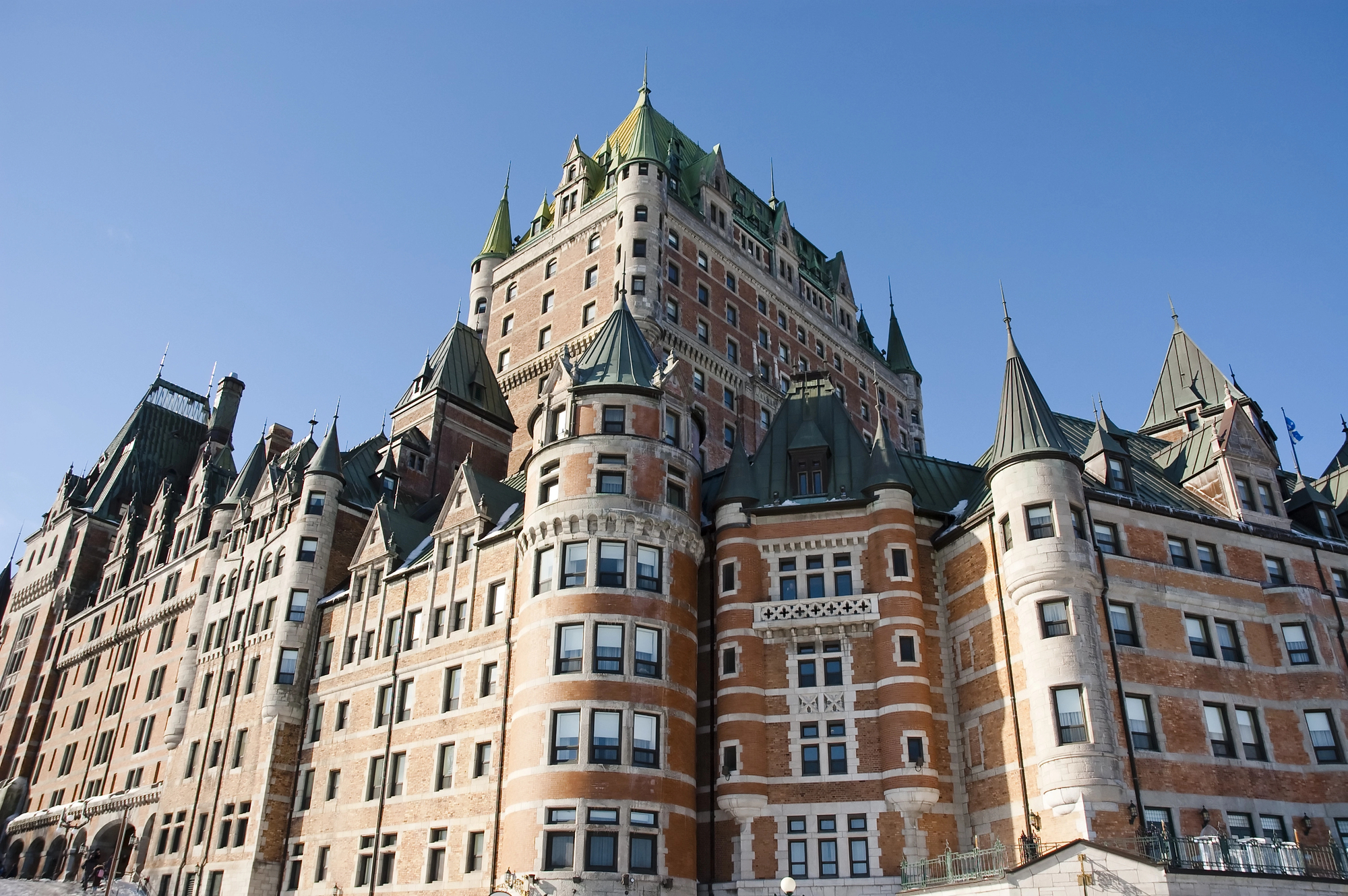
Perched majestically on Cap Diamant, this grand hotel has become the most photographed hotel in the world for good reason. Its fairytale turrets and copper roofs dominate Quebec City’s skyline, creating an instantly recognizable silhouette visible from countless vantage points.
Even if you’re not staying overnight, the hotel welcomes visitors to explore its elegant lobby or enjoy afternoon tea in one of its restaurants. The surrounding Dufferin Terrace offers spectacular views of the St. Lawrence River and serves as a gathering place for locals and tourists alike.
Montmorency Falls Park
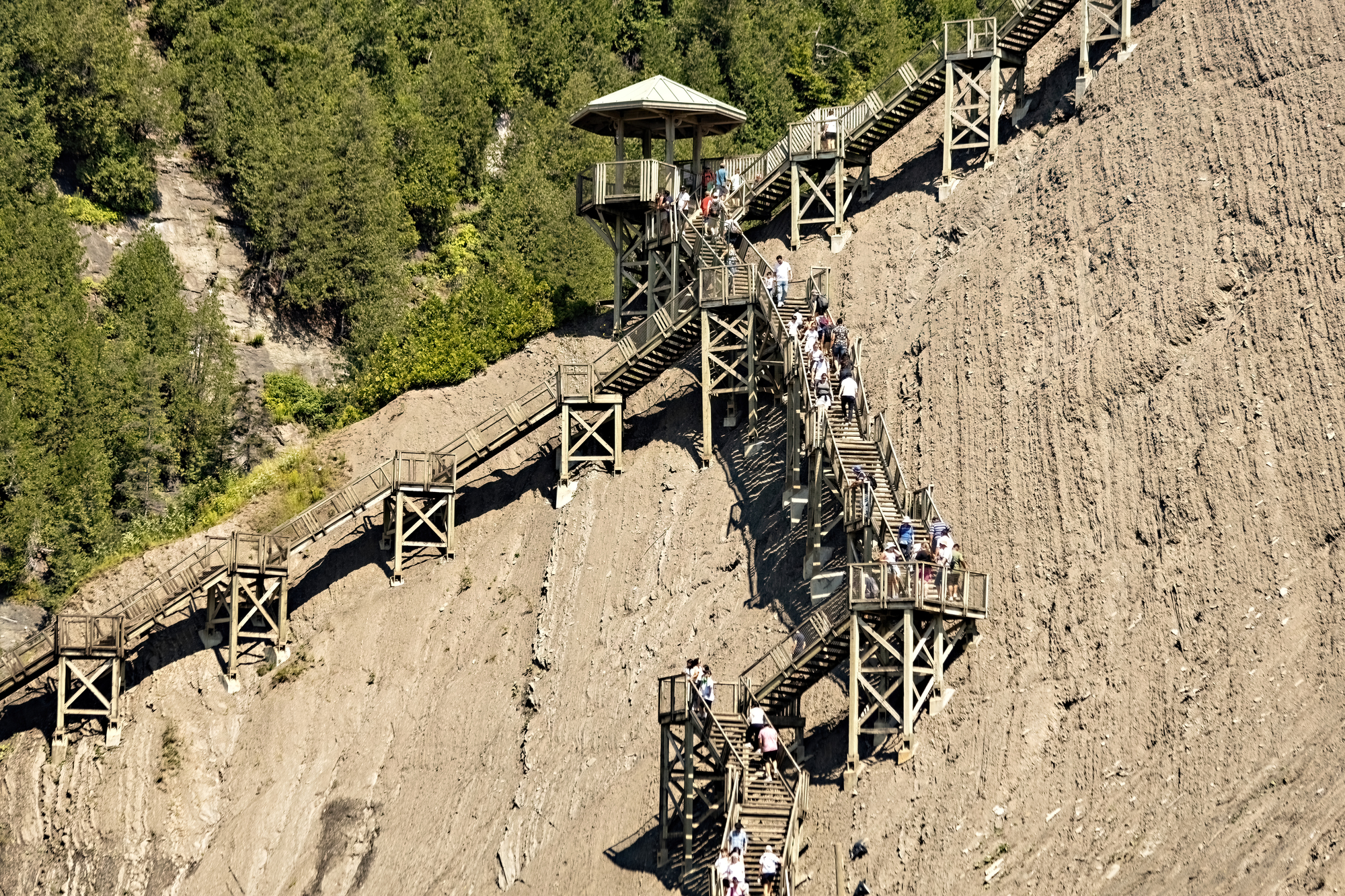
Just 15 minutes from downtown stands a natural wonder that towers over Niagara Falls in height. The 272-foot waterfall creates a spectacular display as water thunders down into the St. Lawrence River below.
A suspension bridge across the top provides heart-stopping views directly over the cascading water. For the adventurous, a double zipline allows you to fly across the cove of the falls, while a panoramic staircase lets you experience the power and beauty of the falls from different perspectives.
Winter visits reveal an equally magical scene when freezing spray creates a natural “sugar loaf” formation at the base.
Like Travel Pug’s content? Follow us on MSN.
Quartier Petit Champlain
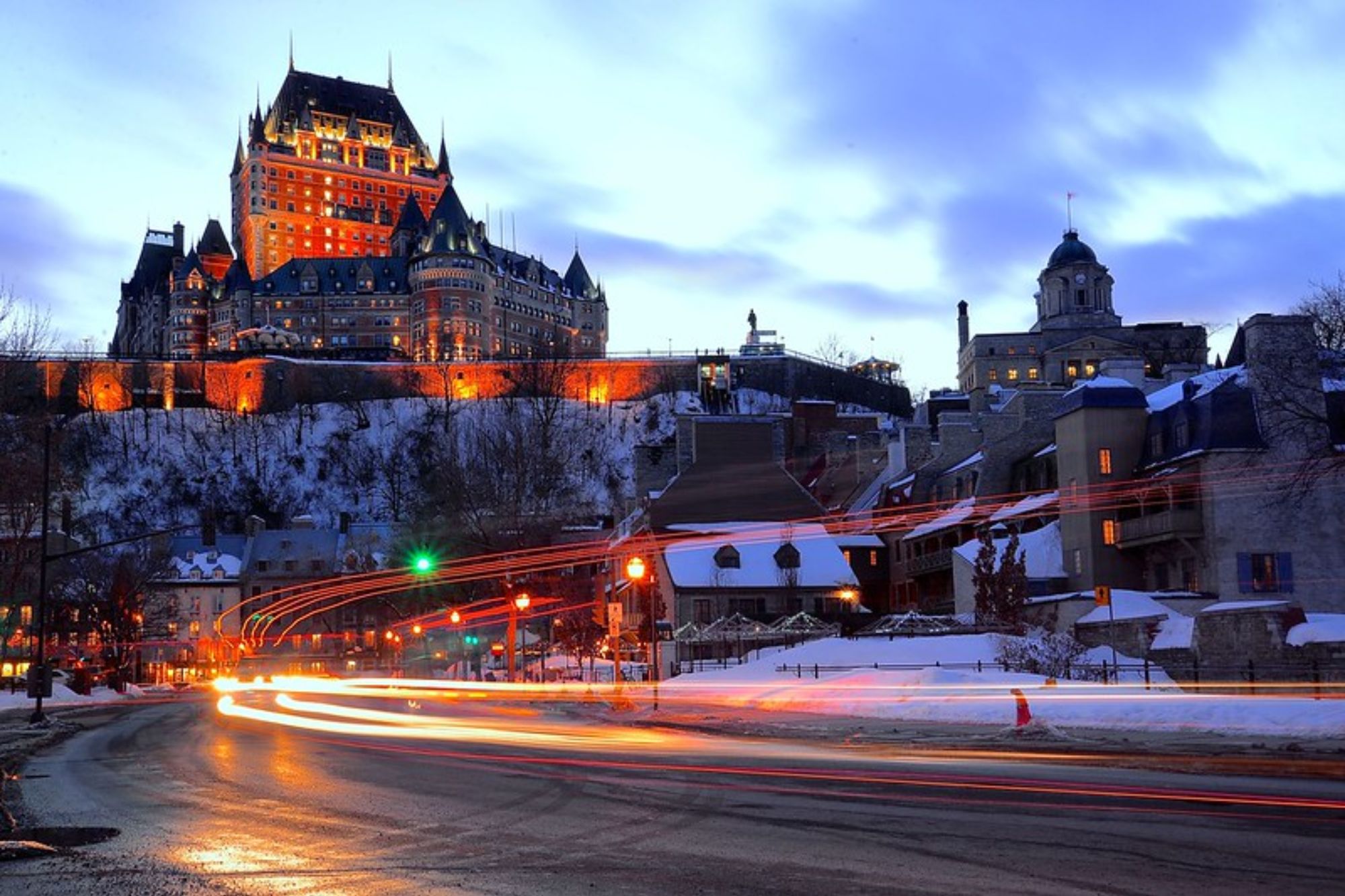
Wander through the oldest commercial street in North America, where 17th and 18th-century buildings house boutiques, art galleries, and cozy bistros. Narrow cobblestone lanes create postcard-worthy vistas, especially when decorated with festive lights during winter months.
The area transforms into a magical winter wonderland from late November through February, making it one of Quebec’s most enchanting seasonal destinations. Street musicians often perform outdoors during summer, adding to the European ambiance that makes visitors forget they’re still in North America.
Place Royale
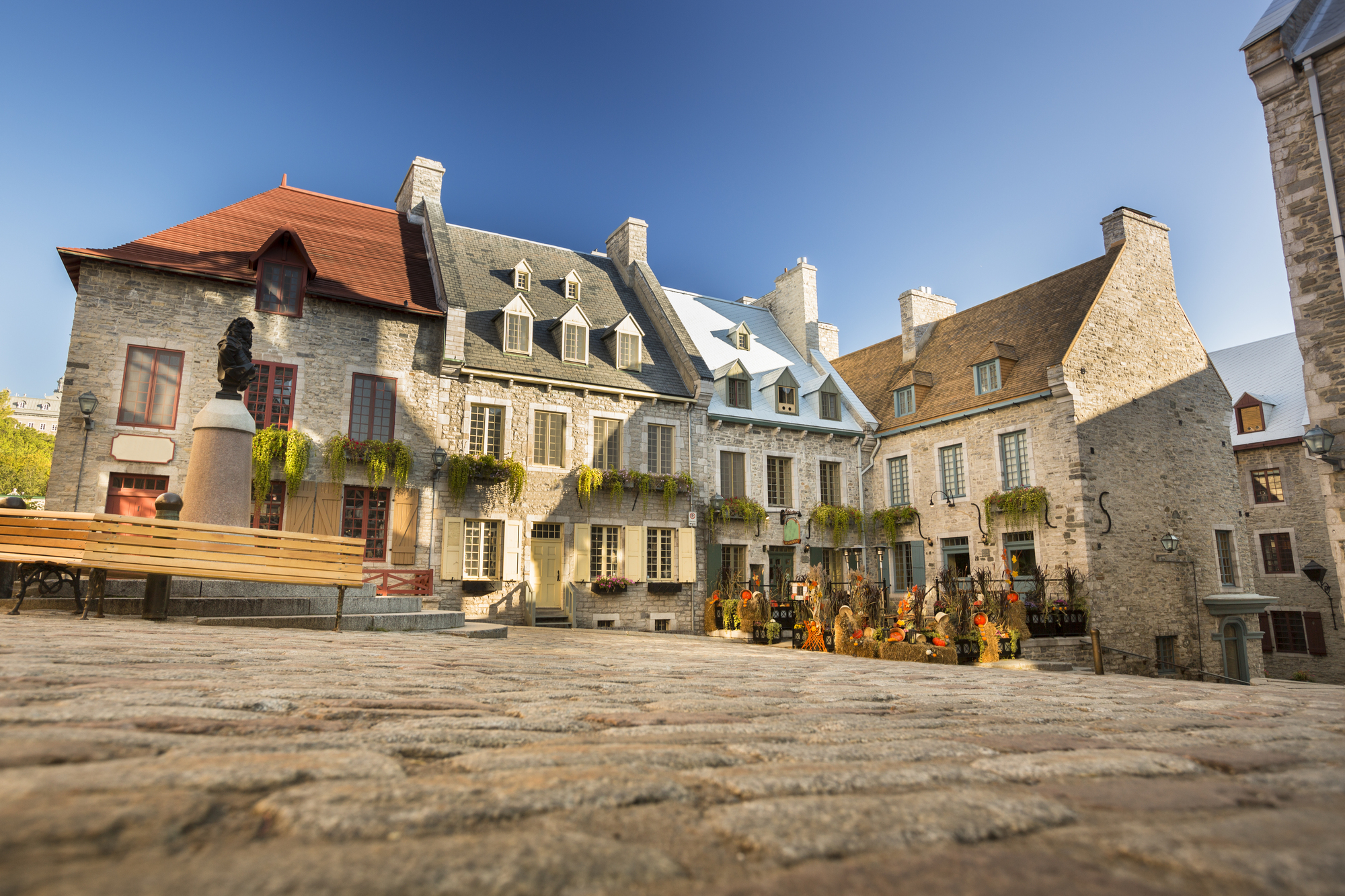
Stand at the birthplace of French civilization in North America where, Samuel de Champlain established his first permanent settlement in 1608. The square features Notre-Dame-des-Victoires, the oldest stone church in North America, built in 1688 on the site of Champlain’s original outpost.
Surrounding buildings showcase classic French colonial architecture with their distinctive steep roofs and thick stone walls. A giant fresco nearby tells the story of Quebec’s history through artistic representation of historical figures and events that shaped the region.
La Citadelle
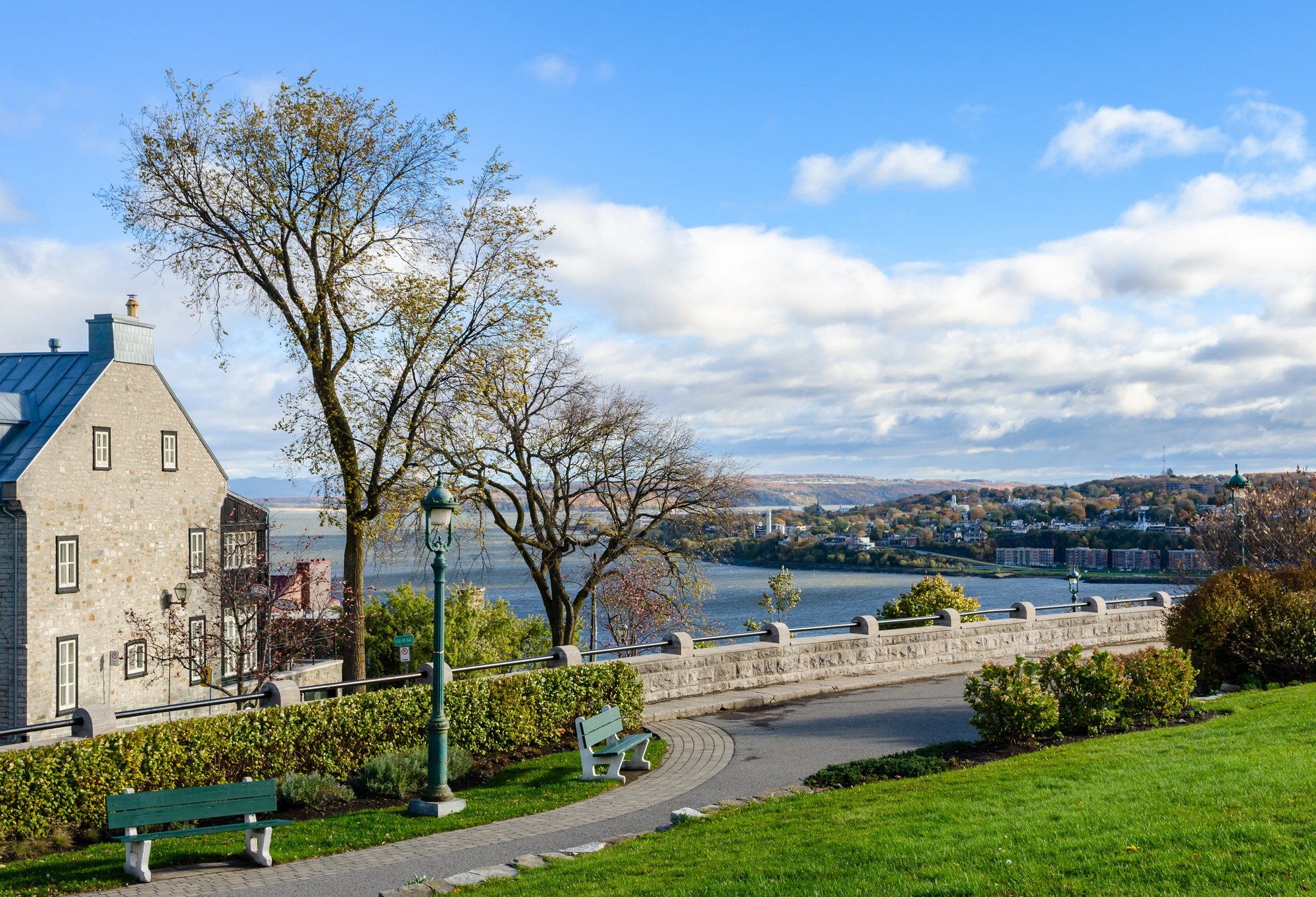
Explore North America’s largest British-built fortress, an active military installation still home to the Royal 22nd Regiment. Star-shaped walls stretch for nearly three miles, encircling Old Quebec and offering a fascinating glimpse into military history.
Daily changing of the guard ceremonies during summer months feature soldiers in traditional red uniforms and bearskin hats, while the on-site museum houses military artifacts dating back centuries. From the ramparts, panoramic views capture the city, the mighty St. Lawrence River, and distant mountains in one sweeping vista.
Like Travel Pug’s content? Follow us on MSN.
Plains of Abraham
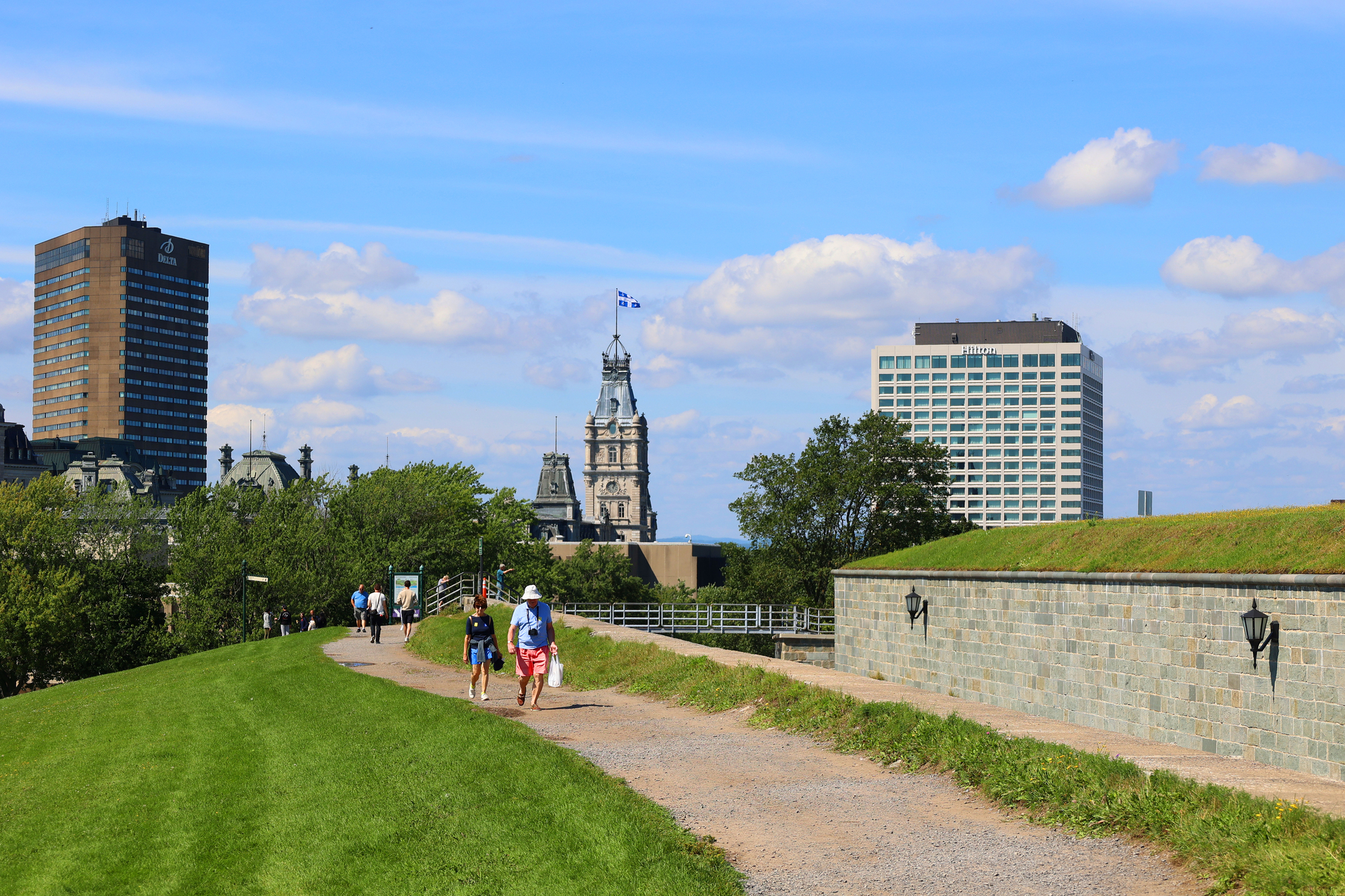
Relax in Quebec’s version of Central Park, a sprawling urban greenspace where the fate of North America was decided in a pivotal 1759 battle between British and French forces. Today, these historic grounds serve as the city’s recreational heart with walking trails, picnic areas, and year-round outdoor activities.
Summer brings concerts and festivals to its open lawns, while winter transforms it into a snowy playground for cross-country skiing and snowshoeing. The adjoining Battlefields Park contains monuments and interpretive displays that explain the site’s historical significance.
Terrasse Dufferin
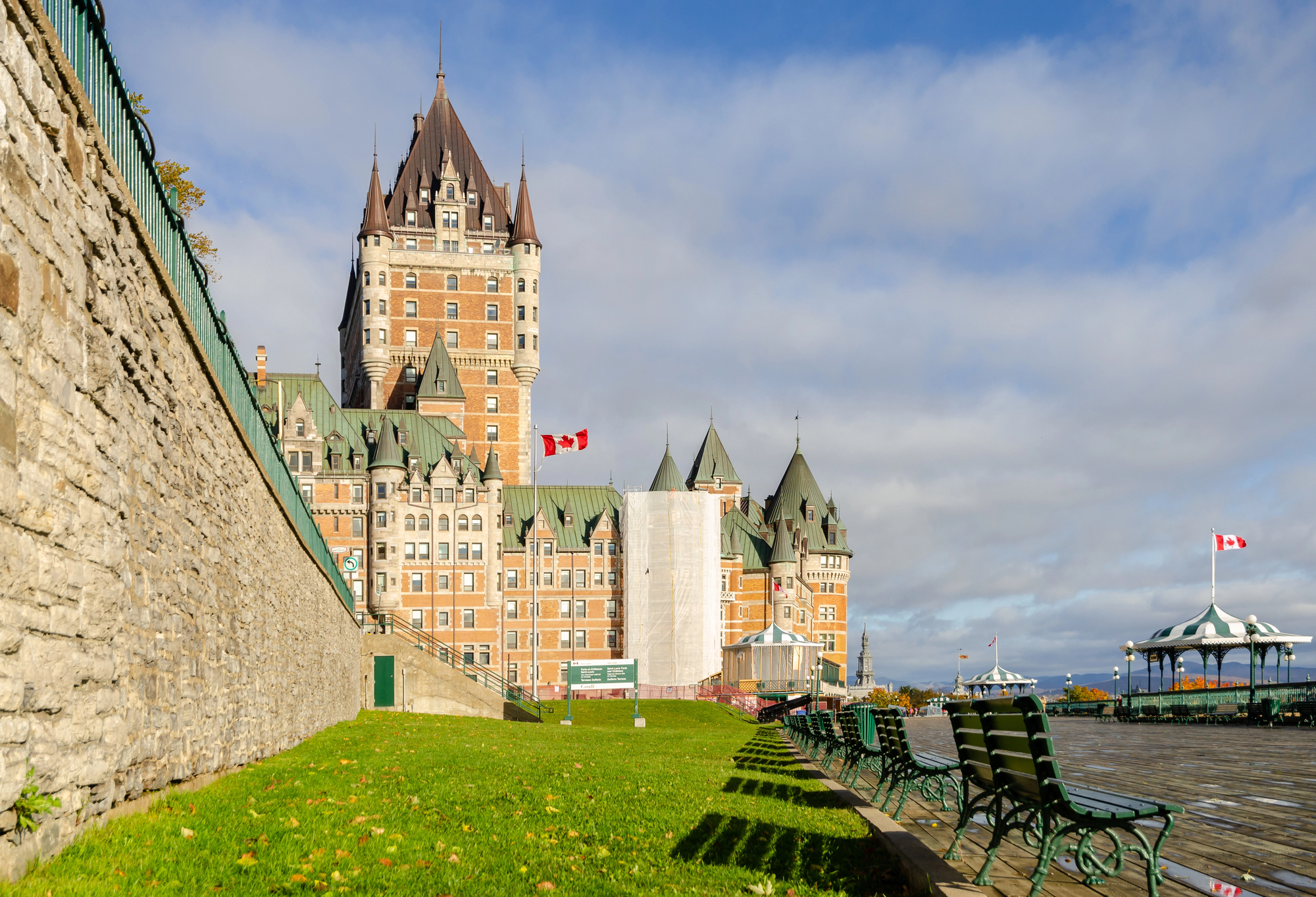
Stroll along this elevated boardwalk for some of the most spectacular views in the city. The wide promenade runs along the edge of Upper Town beside Château Frontenac, offering breathtaking panoramas of the St. Lawrence River and the surrounding landscape.
Street performers entertain crowds during summer months, while winter brings a beloved tradition – a thrilling toboggan run that sends riders speeding down icy tracks at up to 40 miles per hour. Archaeological remains of past forts are visible through glass floors built into sections of the walkway, adding historical depth to your promenade.
Notre-Dame de Québec Basilica-Cathedral
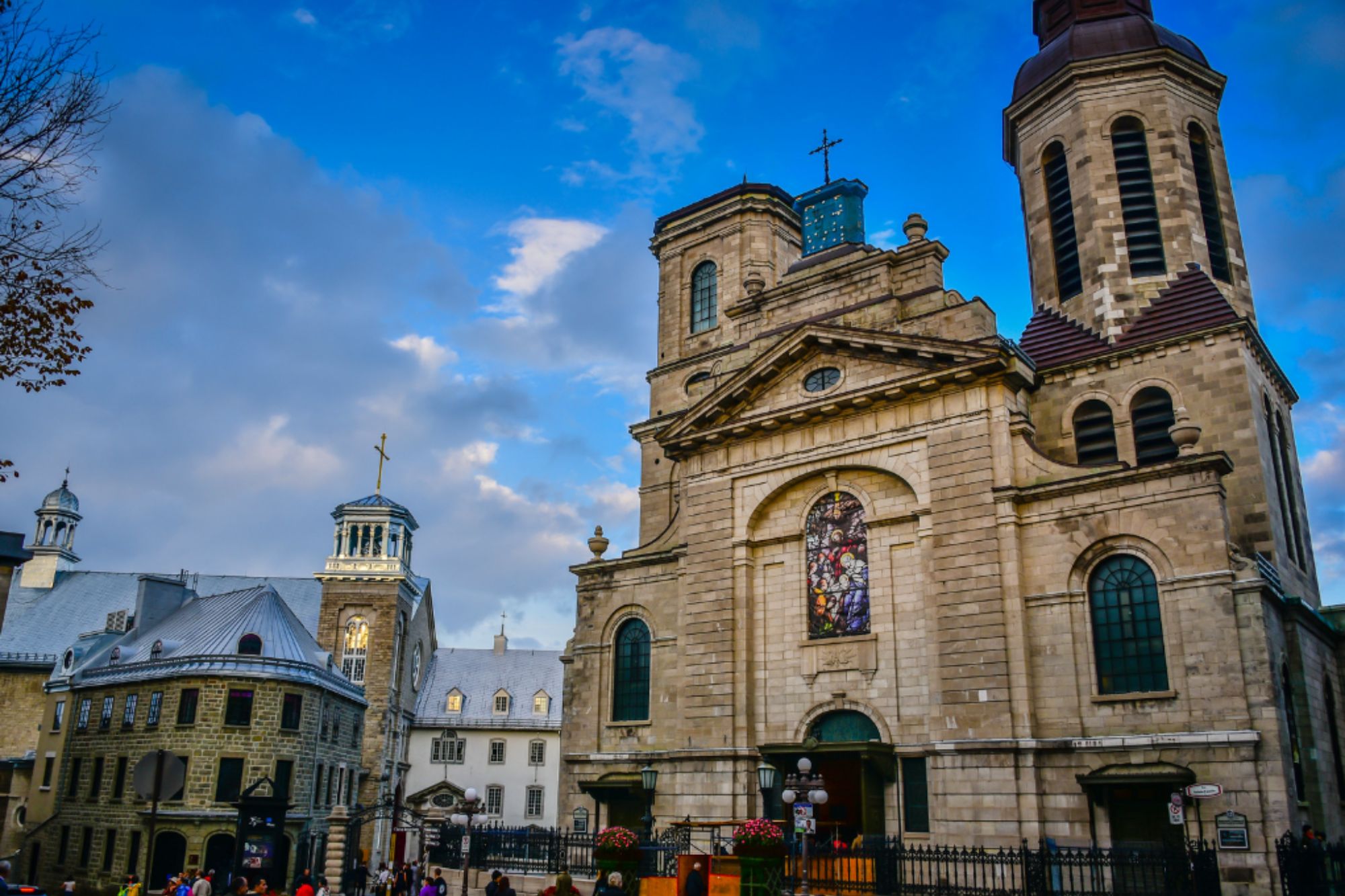
Marvel at the ornate interior of this spiritual landmark, the oldest Catholic parish church in North America. Golden details gleam against white walls, while intricate stained glass windows filter colorful light throughout the sacred space.
The basilica houses the only holy door outside Europe, opened during jubilee years as a spiritual pilgrimage site. Beneath the main floor lies a crypt containing the remains of bishops, governors, and other notable figures from Quebec’s past, offering a somber yet fascinating glimpse into local history.
Like Travel Pug’s content? Follow us on MSN.
Musée de la Civilisation
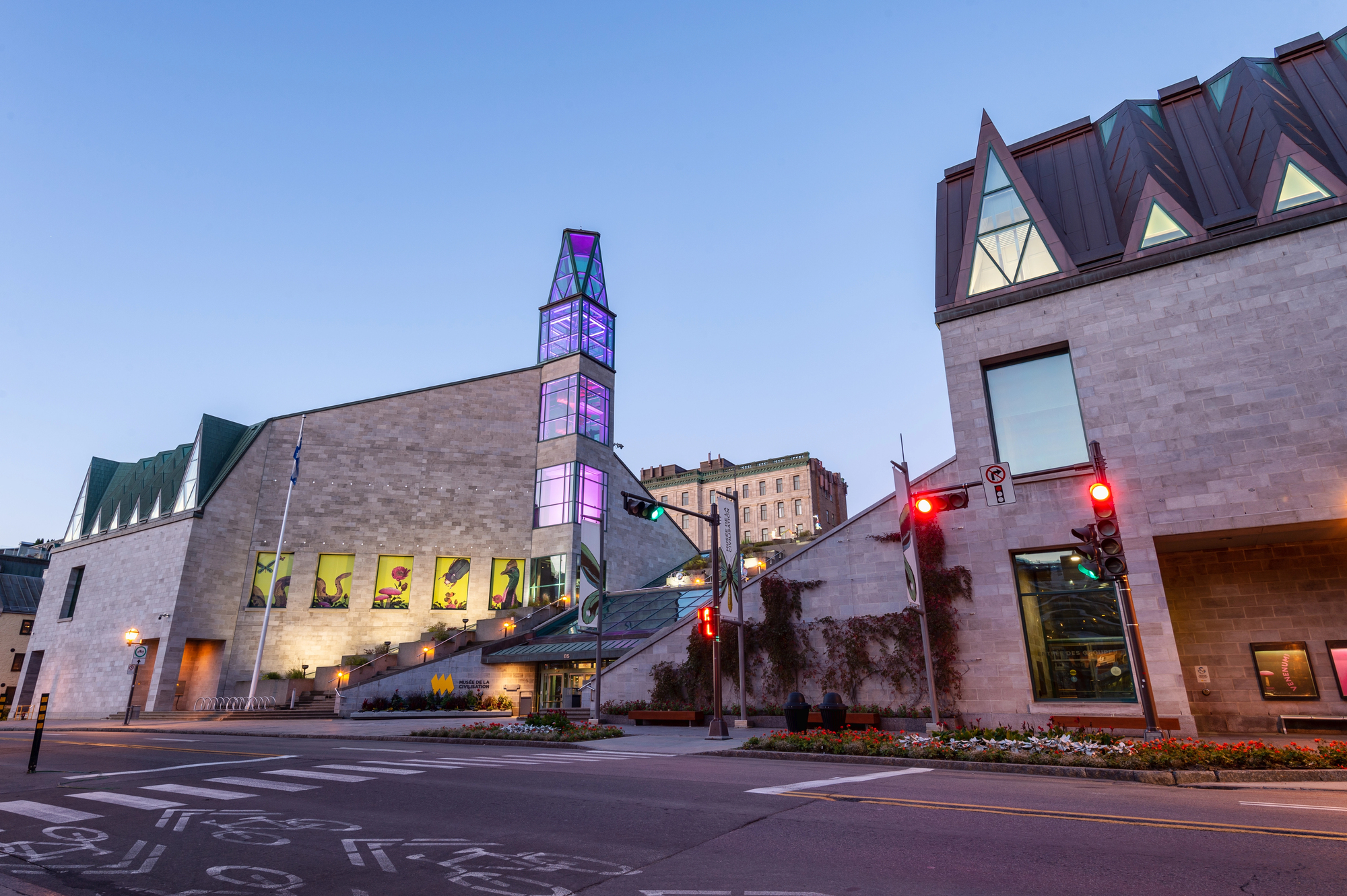
Engage your mind at this world-class museum that blends interactive exhibits with thoughtful exploration of human history and culture. Permanent displays examine Quebec’s indigenous populations and colonial development, while rotating exhibitions tackle contemporary global issues with innovative presentation techniques.
The museum excels at making complex topics accessible to visitors of all ages through hands-on activities and multimedia installations. Located in Lower Town, the building itself merges contemporary architecture with restored historic elements, symbolizing the museum’s bridge between past and present.
Parliament Building
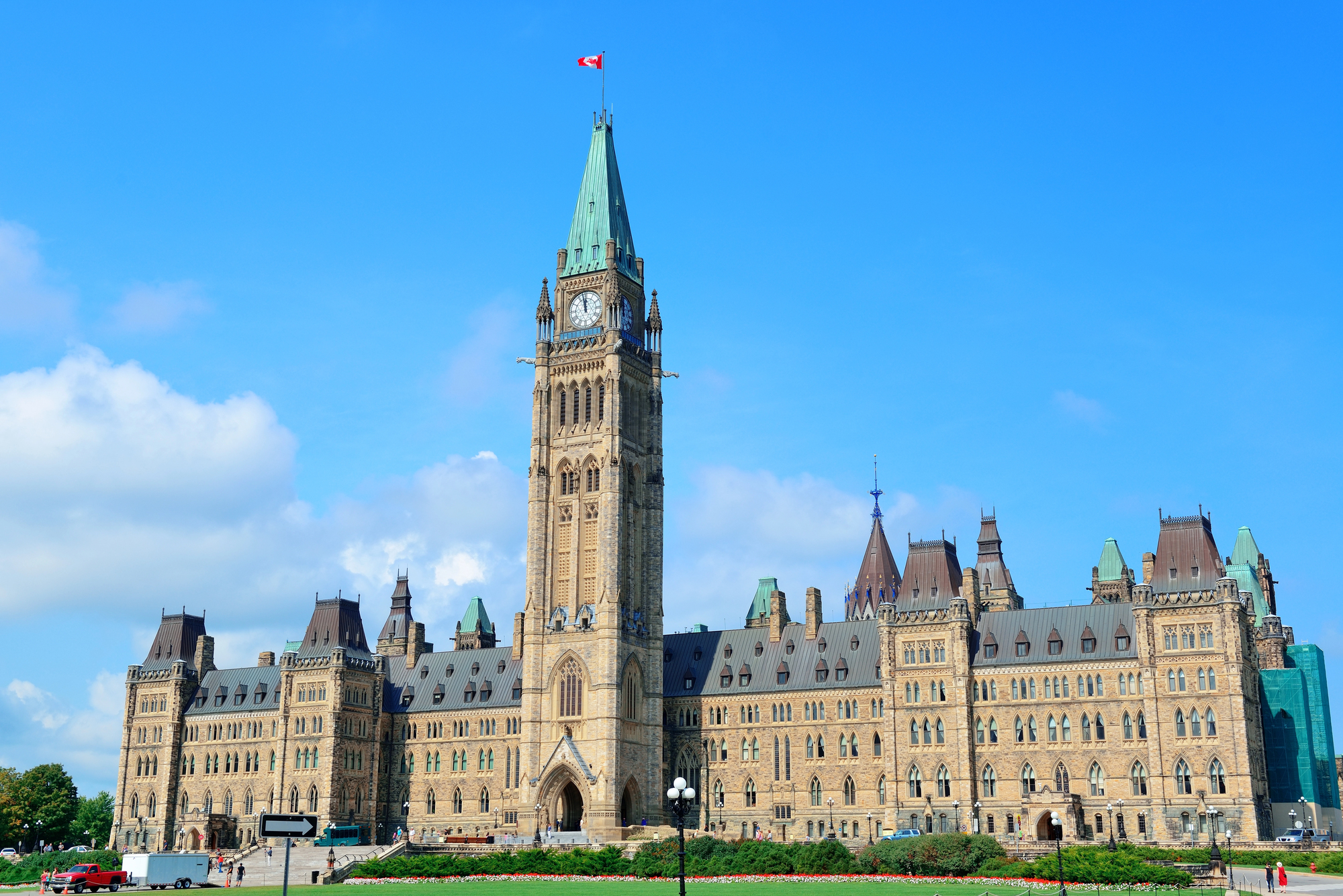
Admire the Second Empire architecture of Quebec’s seat of government, completed in 1886 and featuring distinctly French influences. The façade showcases 26 bronze statues representing key historical figures who shaped Quebec’s development.
Free guided tours take visitors through ornate interior chambers where provincial laws are debated and passed, explaining both the building’s architectural significance and political processes. The surrounding gardens contain numerous monuments and provide a dignified setting for this important governmental institution.
Île d’Orléans
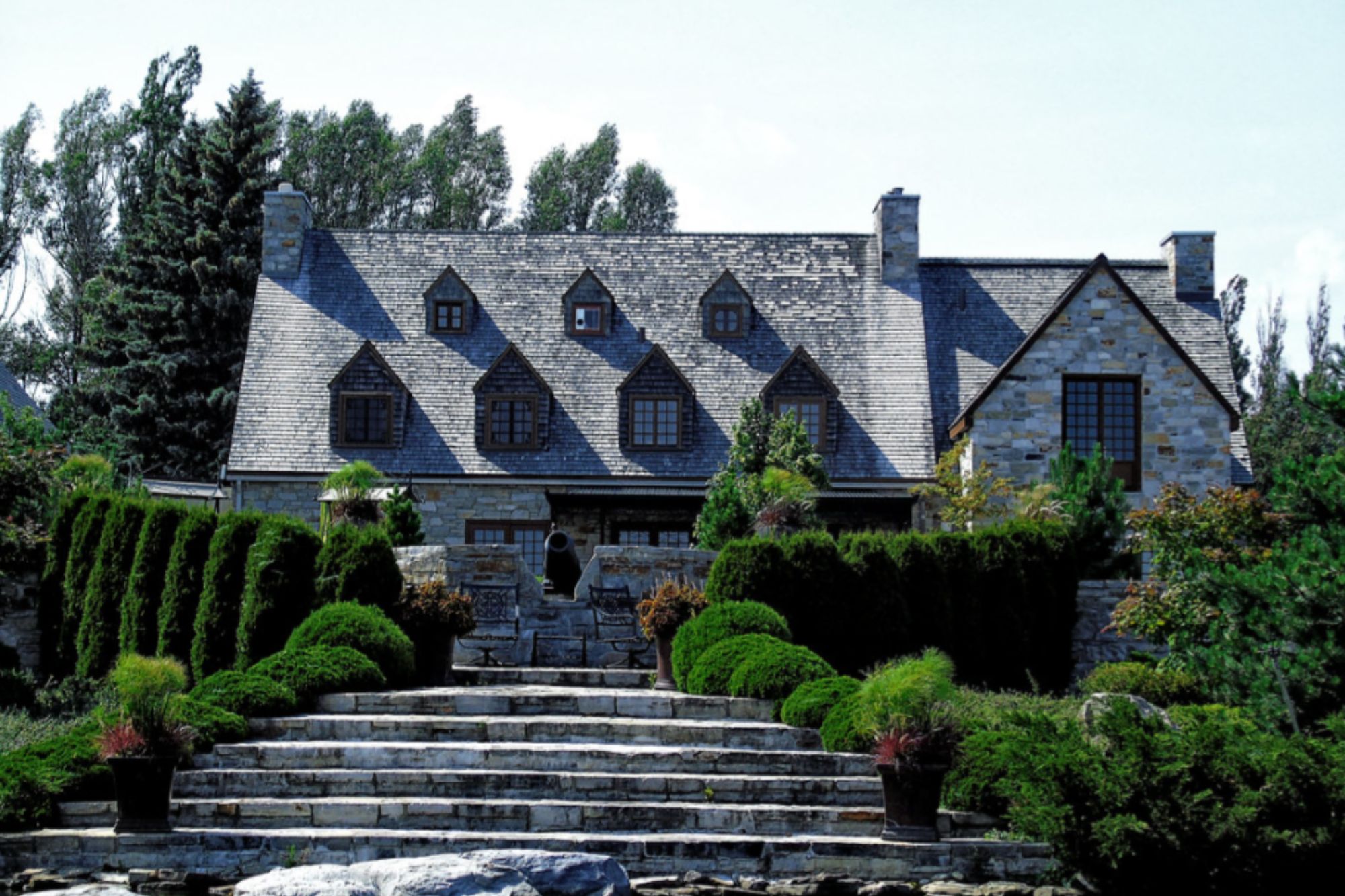
Cross the bridge to this rural island that seems frozen in time, preserving Quebec’s agricultural heritage just 15 minutes from downtown. Six distinct villages dot the landscape, each with its own character and specialty products ranging from wines and ciders to maple syrups and strawberries.
Country roads pass by ancestral homes, many dating back to the 18th century when French settlers first farmed this fertile land. Numerous farm stands welcome visitors to sample regional delicacies, making the island a food lover’s paradise, especially during harvest seasons.
Like Travel Pug’s content? Follow us on MSN.
Sainte-Anne-de-Beaupré Shrine
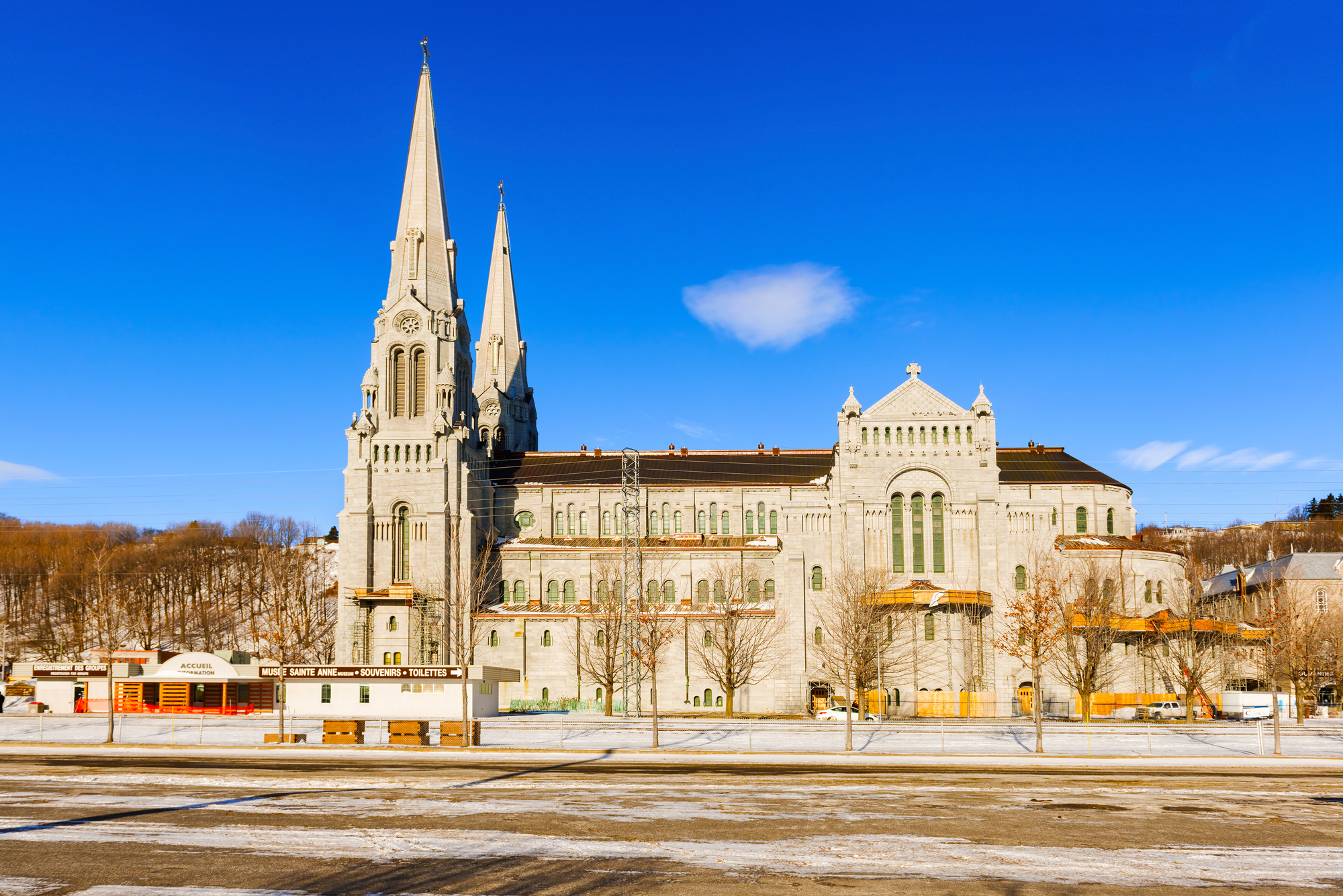
Visit one of North America’s oldest and most important pilgrimage sites, located just 30 minutes northeast of the city. The massive basilica draws a million visitors annually with its impressive twin spires and remarkable interior featuring hundreds of intricate mosaics and stained glass windows.
Many come seeking spiritual healing, leaving behind crutches and canes as testimony to believed miraculous cures. The shrine’s museum displays sacred artifacts and explains the site’s significance in Quebec’s religious heritage, providing context even for non-religious visitors fascinated by the artistic and cultural elements.
Quebec’s Cultural Heritage
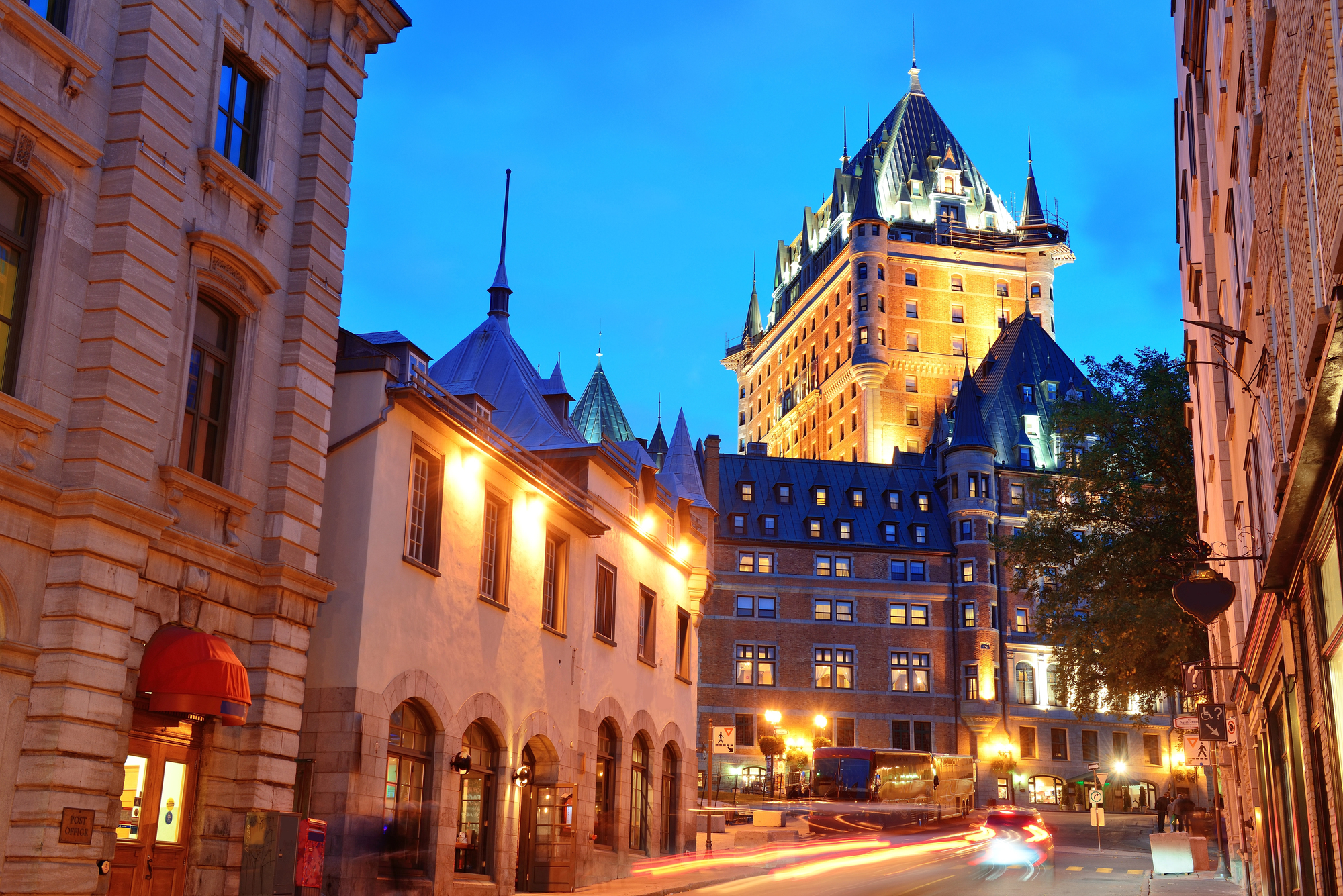
The experiences above only scratch the surface of what makes Quebec City a world-class destination. Beyond specific attractions lies the intangible spirit of the place – a blend of European sophistication, North American energy, and proudly preserved Francophone culture.
Whether sampling traditional cuisine, shopping for local crafts, or simply absorbing the atmosphere from a sidewalk café, visitors find themselves immersed in a uniquely Quebec joie de vivre. This remarkable city rewards exploration in every season, from summer festivals to winter carnivals, making it a destination worthy of repeated visits.
The combination of well-preserved history, stunning natural surroundings, and vibrant cultural scene creates memories that last long after returning home.
More from Travel Pug

- Cities Growing so Fast You Won’t Recognize Them in 10 Years
- 13 Destinations Where Tourists Regularly Regret Their Trip
- 16 U.S. Cities That Are Quietly Becoming Travel Hotspots
- Where to Travel If You Love Long Bus Rides and Daydreams
- 20 Cities Perfect for Solo Travelers Who Crave Adventure & Culture
Like Travel Pug’s content? Follow us on MSN.
